Book choices for today:
Arctic Ocean John Prevost
Arctic Tundra Salvatore Tocci
Arctic Fox Stephen Person
Arctic Foxes Julie Murray
Amazing Arctic Animals Jackie Glassman
Ice Bears Brenda Guiberson
Geography: (first circle)
Need for lesson – A globe and pictures of the Arctic area.
Geography 18
Let’s now look at our globe. This area that surrounds the top part of the earth is called the Arctic area. It touches Canada in North America and other countries as well, like Russia. What is it like in the Arctic?
In the area of the Arctic they have cold winters and cool summers. Some of the animals that live there are marine mammals; like seals, walruses, and whales. There are birds, caribou, the Arctic fox and hare (rabbits) live there as well.
Another common animal seen in the Arctic area is the polar bear. The polar bear is the world’s largest land carnivore and bear. The polar bear is often thought of as a marine mammal. It does spend time in the water, however, they spend most of their time roaming the Arctic on large chunks of floating ice. Polar bears do belong to the group of vertebrates called mammals. Can you think of the reasons why the polar bear is a mammal?
The Arctic has been populated by people for many many years. One group of people are called Inuit, or Eskimos. The Inuit people hunt caribou and make clothes and boots out of their fur and skins. They often eat fish and make homes made of snow called igloos. In the warmer weather when igloos would melt people switched to tents. Would you like to live in a place where you could sleep inside of an igloo?
Additional Works:
Eskimo Coloring – These are some pictures from Teacher’s Friend.
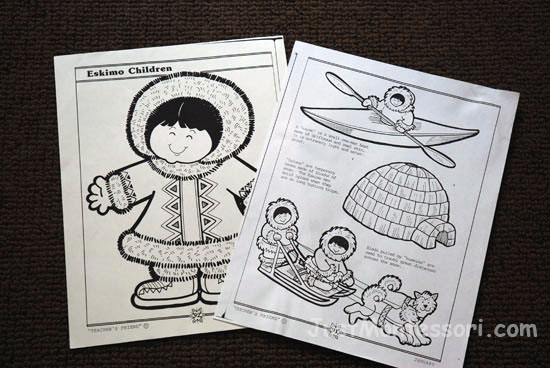
Art:
Polar Bears – Make a polar bear template with card stock or other strong paper. Cut a small piece of sponge and attach it to a clothespin. Have white paint and the children can sponge paint inside of the template to make a sponge painted polar bear. Add a wiggly eye.
Igloos – Have pre-cut small white squares, blue construction paper, white crayon, and glue. Children can color the snow on the blue paper and make an igloo shape house by gluing white pieces of square papers together.
Polar Bear Puppets – The children can color the Eskimo and polar bear. When they glue it onto the stick, the bear and the Eskimo are back to back so they can flip the puppet to see each one.
Cotton ball Igloos – I pre-glued two paper cups together to form an igloo shape. Children then glued cotton balls over the cups to make igloos.
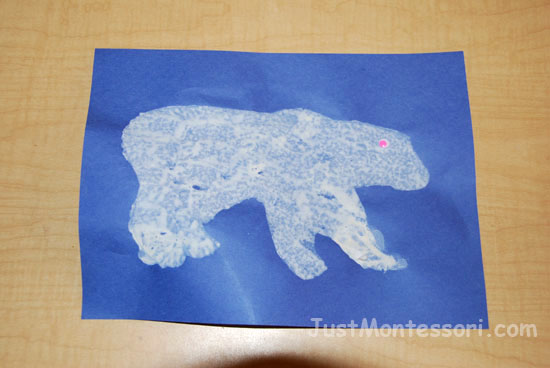
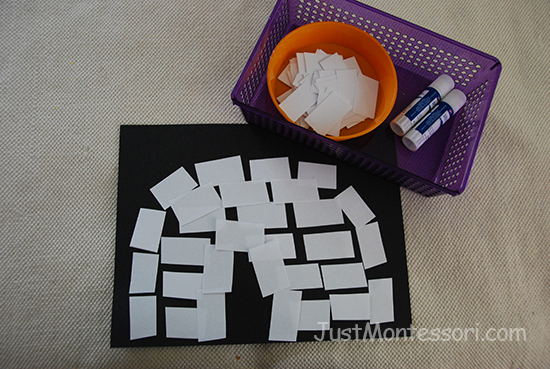
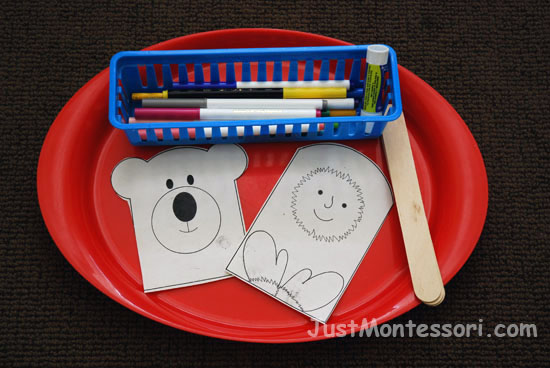
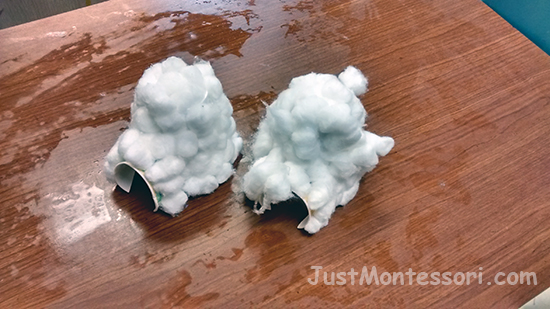
Songs/Poems:
The Animals in the Arctic (tune – Wheels on the Bus) This song is from kidssoup.com. I found each animal from coloring books or on the Internet, colored them and glued them onto sticks. We use them to sing the song, children that have the animal hold it up during the part they are sung about in the song.
The polar bears in the Arctic go roar, roar, roar, roar, roar, roar, roar, roar, roar
The polar bears in the Arctic go roar. roar, roar all day long
The walruses in the Arctic walk on all fours……(continue as above with each animal)
The seals in the Arctic swim and dive….
The hares in the Arctic go hop…..
The foxes in the Arctic hunt for food…….
The whales in the Arctic go splash …….
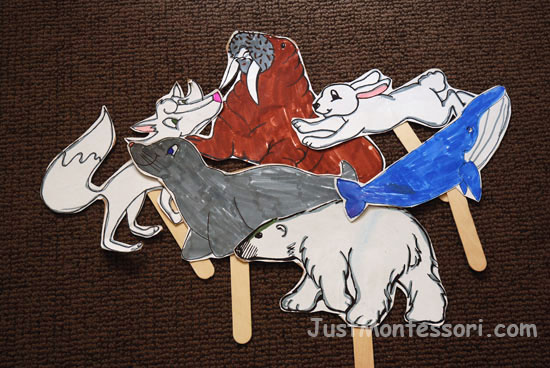
Five Little Polar bears
One little polar bear, lonely and blue,
Met another lonely friend and then there were two.
Two little polar bears, happy as could be
Found one hiding, and that made three.
Three little polar bears playing in the snow,
So another one joined, and that made four.
Four little polar bears feeling so alive
Rounded up another one, and that made five.
Five little polar bears, having lots of fun
Better get back home, now that the day is done!
History: (second circle)
Need for lesson – Pictures of sundials and one you can make to demonstrate on a sunny day!
History 5
These are pictures of different sundials. Sundials are the oldest known devices used for measuring time. It is the first kind of clock that uses the sun to tell time. They are from a long time ago, so they are from the past, and a part of History. Sundials were used to measure time before the hourglass was invented or made.
A sundial does look similar to a clock. It has numbers around it. A sundial depends on the the movement of the sun to measure time. As the Earth turns on its axis, the sun appears to move across the sky and shadows can be seen. The shadow tells us, what time of the day it is depending on where it falls onto the sundial. A sundial works by using a stick to create a shadow on he face of the dial.The place where the shadow falls or is seen tells what time it is.
We are going to use this sundial outside to see how it works, and it will tell us what time it is.

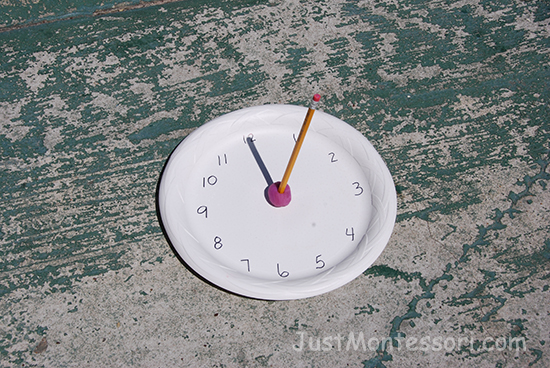
Art:
Sundials – Children can make their own sundials.
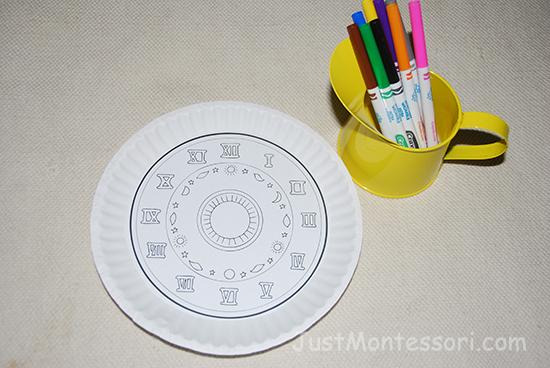
Song (CD) choices for today:
The Polar Bear Stomp The Chenille Sisters
Buy Weeks 6-10 PDF
-
 (C) Weeks 6-10$25.00
(C) Weeks 6-10$25.00


